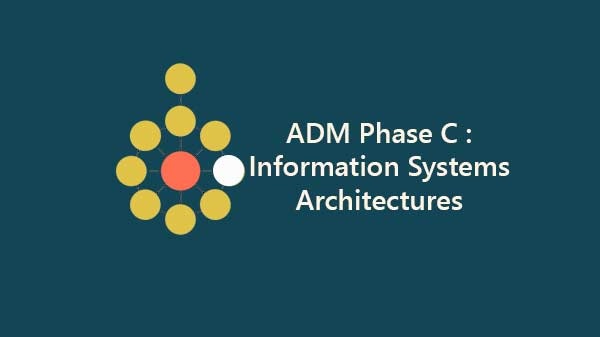TOGAF divides Phase C – the Information Systems Architectures – into two, covering the development of the Data and Application Architectures. The TOGAF documentation has a brief introductory chapter covering both domains, and then a separate chapter each for Data and Application.
As with the other architecture development phases (B & D), the objectives are to develop the target information systems architecture for data and application and to identify candidate Architecture Roadmap components based upon the gaps between Baseline and Target Architectures.
Phase C always involves a combination of Data and Application Architecture. Providing both are covered, it doesn’t matter in which order – there are advocates for both approaches.
The steps for Data and Application are very similar – selecting reference models, viewpoints and tools; developing a baseline and then target architecture description, performing gap analysis and defining candidate roadmap components; and resolving any impacts across the architecture landscape.
After conducting a formal stakeholder review the architecture is finalized, and the Architecture Definition Document created.
The key differences between Data and Application are in the subject matter, which is reflected in the use of different reference models, techniques, and architectural representations. For example, Data Architecture might use entity-relationship or class diagrams, while Application Architecture might use an Application Communication diagram or Software Engineering diagrams.
Enterprise Architecture TOGAF Video